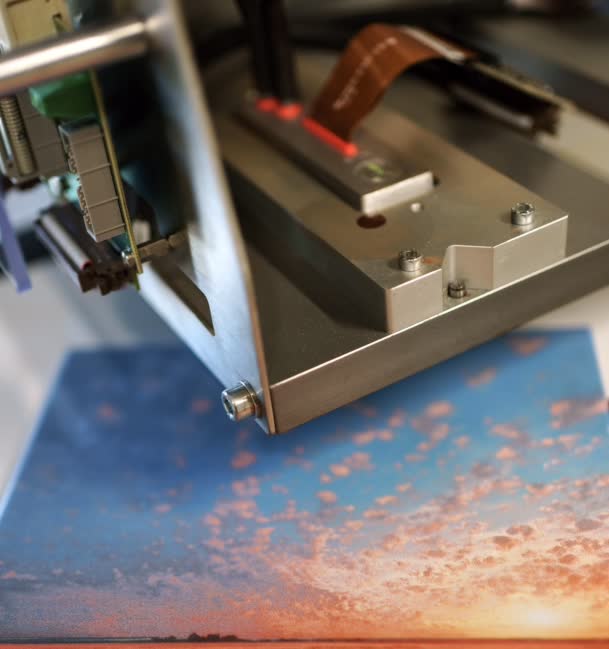Hyperdispersing Agents for Solvent based Formulations
Chemistry
Linear structure

The majority of these linear products are nonionic polymers of A-B-A (hydrophobic moiety-hydrophilic moiety-hydrophobic moiety) type; they are very effective “water-in-oil” emulsifiers: the key point here is the relatively high molecular weight hydrophobic moieties.
In conventional surfactants the hydrophobic moiety, being derived from natural triglycerides, contains a maximum of 18 carbon atoms. In our linear A-B-A hyperdispersing agents the hydrophobic moiety is a double high molecular weight polyester chain that provides a thicker and more effective steric barrier around the dispersed phase.
They are obtained by reacting a polyester with a polymeric polyol; changing the type and the molecular weight of both the polyesters and the polyols we can obtain hyperdispersing agents with an optimum solubility in the different solvents.
In some cases the linear structures have been made anionic in nature by linking a phosphate group to the high molecular weight polyester chains; we can obtain these phosphate derivatives in both acid and salified form.
Comb structure

We accumulated a know-how in chemical synthesis and structure-property relationship that allow us to combine different moieties to design the proper structure for each application.
Key features that explain outstanding dispersing properties are the multiple chains (teeth of the comb) with high affinity for the continuous phase that contribute to a high steric stabilization (link surfactant theory) and the multiple anchoring points on the backbone of the comb that assure a much better coverage of the dispersed phase in comparison to conventional surfactants where there is a single anchoring point in each molecule.
They are obtained by reaction of polyester with polyfunctional moieties. AdjustIng the molecular weight of both polyesters and polyfunctional moieties, we can obtain hyperdispersing agents with an optimum solubility in the different solvents.
Applications

Our solvent soluble hyperdispersing agents find application as pigment dispersant in the recently developed ceramic inkjet technology where very low pigment particle sizes (d90 < 1 micron) are required .
They could be used as paraffin/asphaltene inhibitors/dispersants in oil & gas sector, as pigment dispersant for solvent-based inks and as w/o emulsifiers in the inverse emulsion polymerization process.
